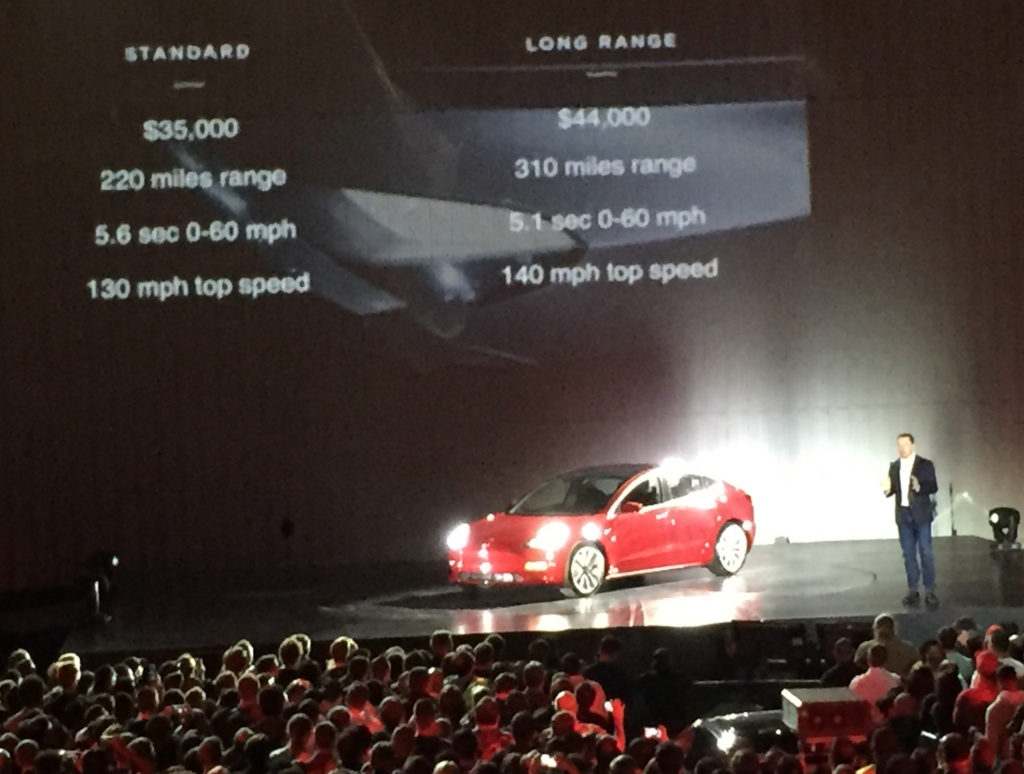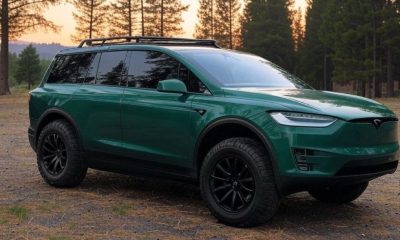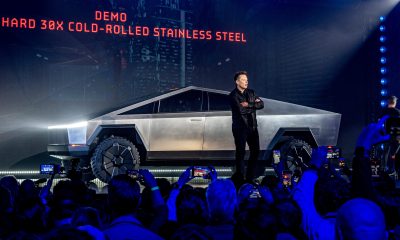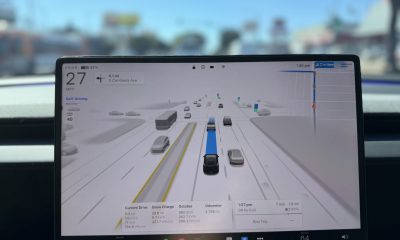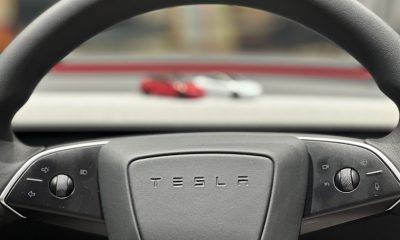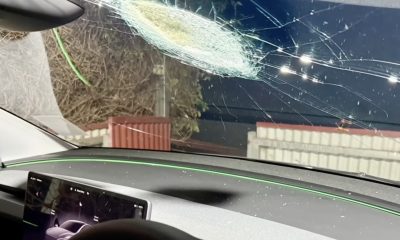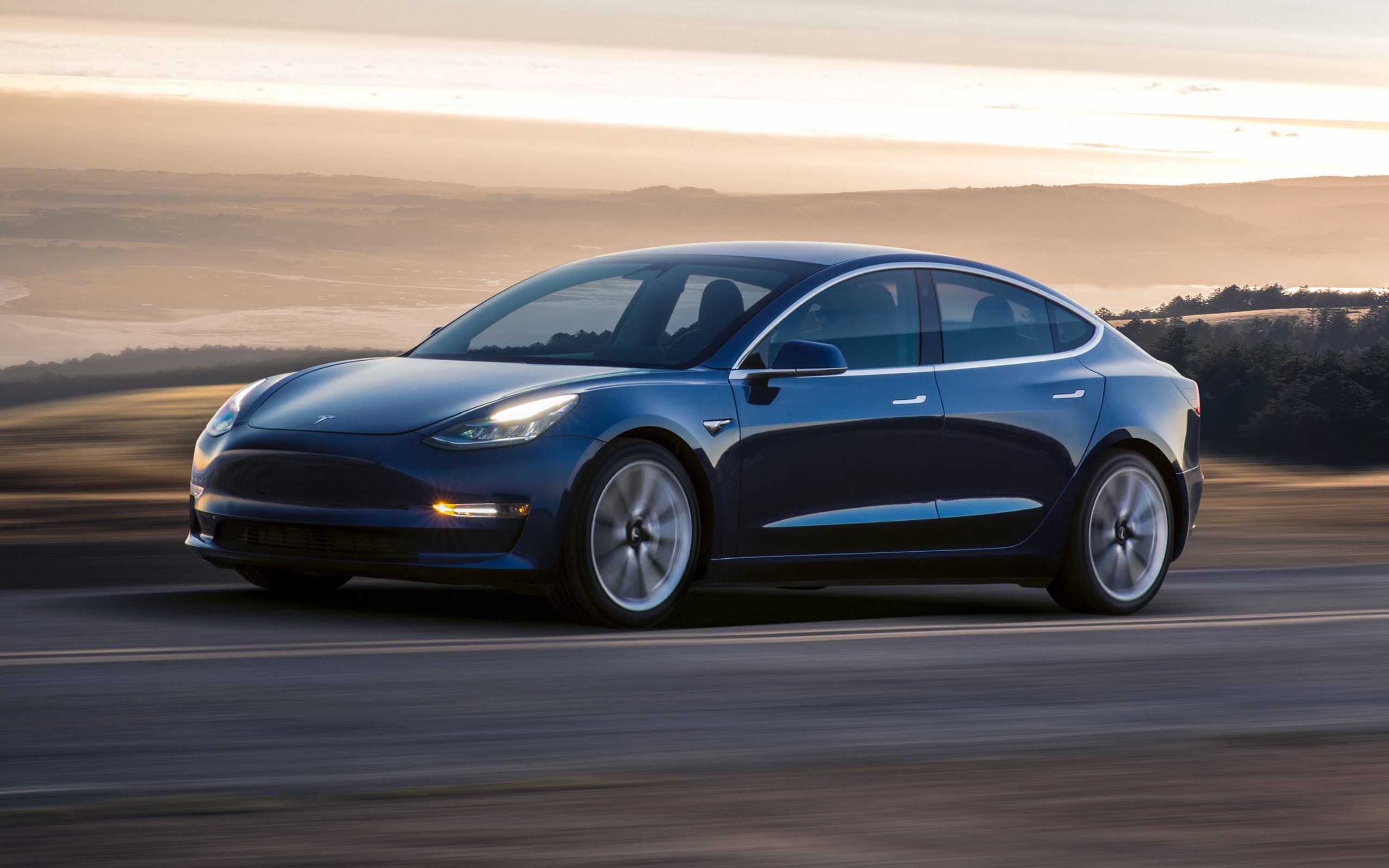
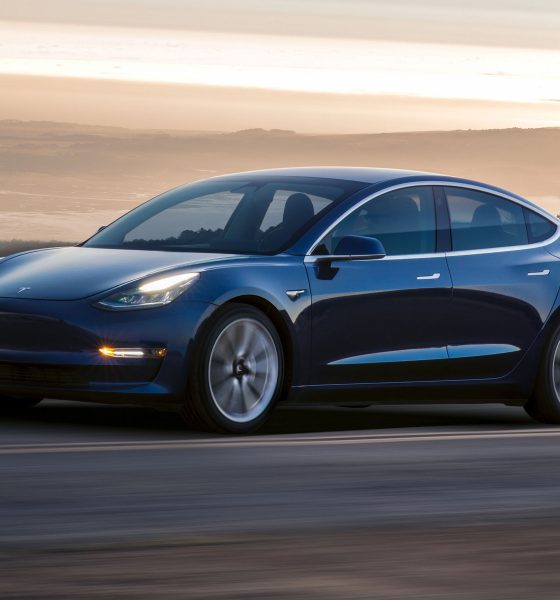
Tesla Model 3
Premium Tesla Model 3 will cost $44,000 and have 310 miles of range
Tesla has revealed that its premium Model 3 will cost $44,000 before tax rebates, a $9,000 increase over its $35,000 base price.
The announcement was made by CEO Elon Musk at the company’s highly exclusive Tesla Model 3 Delivery event.
The base pricing with the standard feature sets goes for $35,000 and a $1,000 reservation fee. With this payment, you get a Model 3 equipped with Supercharging, seating for five adults, 310 miles per charge, 0 to 60 mph performance in 5.1 seconds, and a top speed of 140 mph.
As we previously reported, a Model 3 with a larger battery pack would cost around $42,000 to be profitable. The Model 3 premium price is $2,000 above that margin.
The Model 3 is a linchpin of Musk’s master plan. Musk said back in 2006 that Tesla would eventually build “affordably priced family cars” after establishing itself with more expensive vehicles. The flagship Model S for example starts at $69,500, almost double the cost of the Model 3.
The company started taking Model 3 reservations in March of last year and within a month, 373,000 customers had put down the $1,000 refundable deposit. Tesla hasn’t commented on reservation numbers since, but the company website says people who make reservations now should expect to get their Model 3 to roll up in mid-2018. As of tonight, it appears that at least 50 Model 3 production cars have been produced.
The Model 3 and its efficient batteries, even at the premium price, gives more people the opportunity to shrink their carbon footprint while driving in style.
We’ve published the full specification list for Model 3 which includes pricing by option.
News
Tesla axed one of the Model Y’s best features in ‘Standard’ trims: here’s why
Lars Moravy explains why Tesla chose to go with a glass roof in the new Standard trims, despite it not being visible.
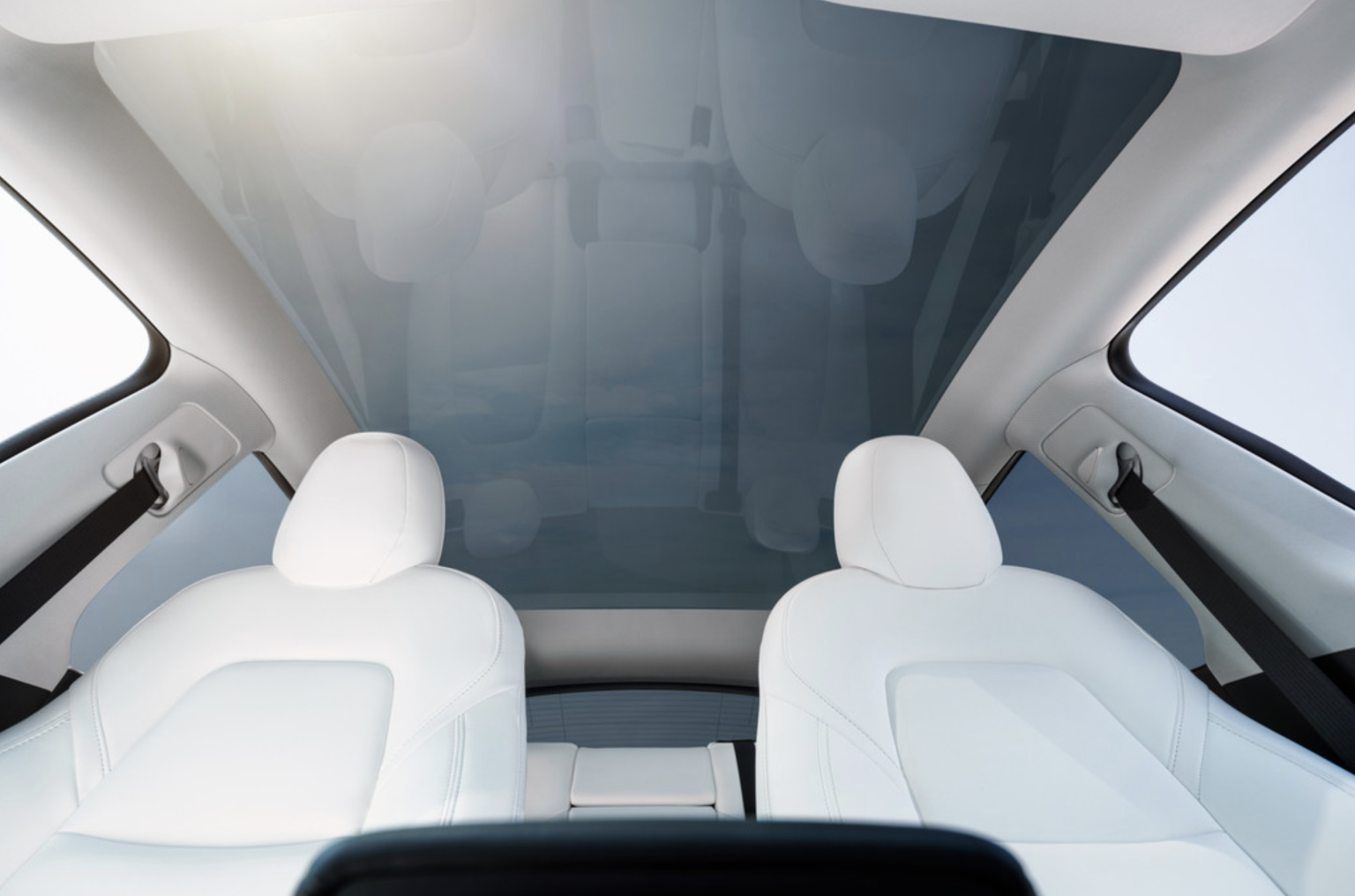
Tesla chose to implement a glass roof on the new Model Y ‘Standard’, despite the fact that you won’t be able to see it from the inside.
In the new Model Y ‘Standard’ configuration, one of the biggest changes is the lack of a glass roof, which is one of the more unique features Tesla offers.
How Tesla’s Standard models will help deliveries despite price disappointment
The entire roof of the Model Y’s ‘Premium’ and Performance trims is glass, giving everyone in the car an astounding view of the sky.
However, Tesla chose to cover this up in the new ‘Standard’ trim level. Here’s a look at it:
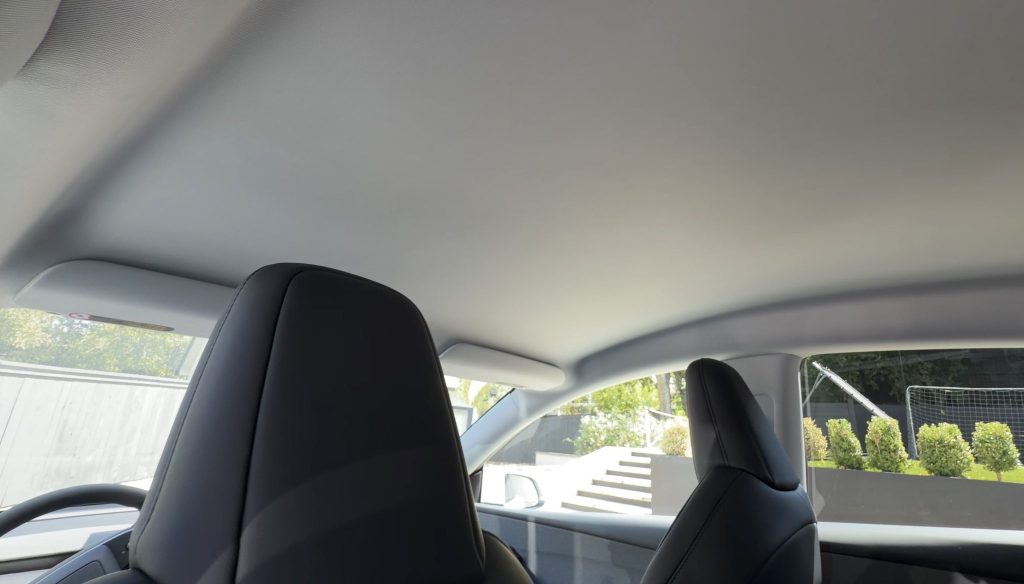
Credit: ItsKimJava | X
Despite it not being visible from the inside, the roof is still made of glass. It is only visible from the outside. Even if you removed the headliner in the Model Y ‘Standard,’ you would not be able to see the outside, because the glass is opaque:
Fun fact about the Standard Model Y closed glass roof. A Tesla engineer told us that the glass is opaque, so even if you removed the textile lining on the inside, you would not see the outside. 😔 More details to come on our first drive video this Friday. pic.twitter.com/N4uZFlblBB
— Kim Java (@ItsKimJava) October 8, 2025
Tesla’s Vice President of Powertrain, Lars Moravy, commented on the use of glass in the Premium models and how it differs from the glass in the Standard trims:
“All glass is NOT created equal. Remember, the Model Y Premium glass is laminated with silver IR reflective coatings to make it super comfy and reject solar load… the standard is not… plus LOTS of people wanted a closed headliner, always trying to listen (and improve road noise at the same time).”
The decision to cover up the glass while still using it was an efficiency choice. Moravy said Tesla chose to keep the glass for the new Standard models due to “cost, supply chain, and manufacturing efficiency.”
Cost, supply chain and manufacturing efficiency in our factories
— Lars (@larsmoravy) October 9, 2025
Tesla launched the Standard models on Tuesday. The cars were effectively a counter to the loss of the $7,500 EV tax credit.
News
How Tesla’s Standard models will help deliveries despite price disappointment
“What a giant miss,” one person said.
“With all due respect, no way is this what y’all have been hyping for 6 quarters…” another one claimed.
“So…where are the affordable models?” another reply read.
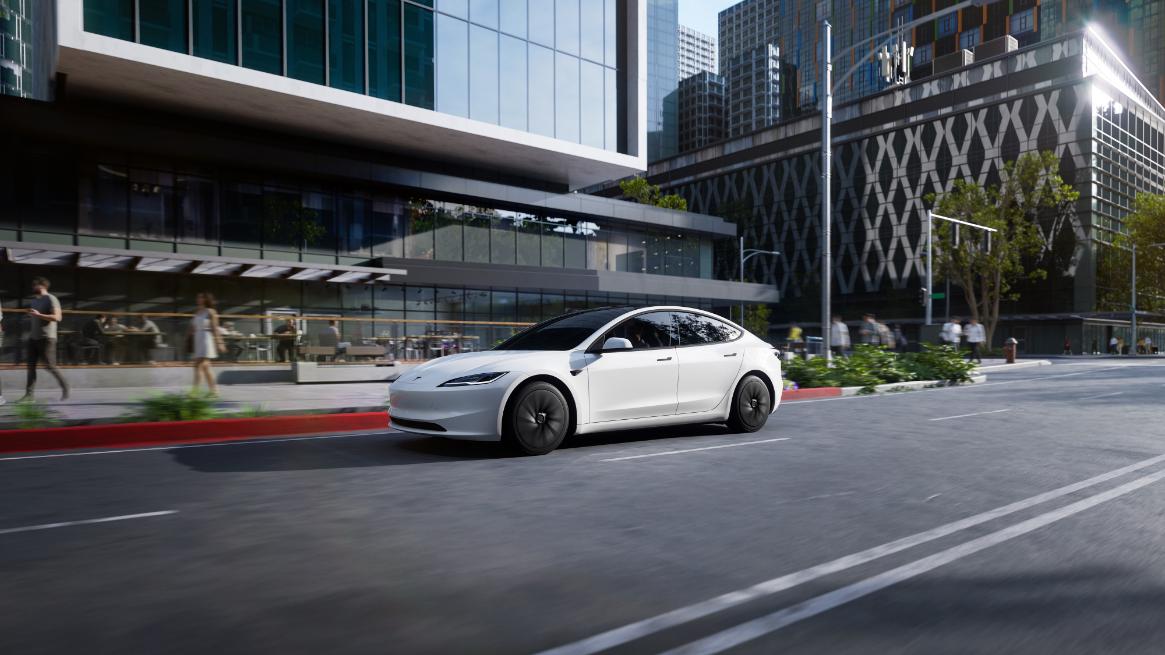
When Tesla unveiled its Standard versions of the Model 3 and Model Y this week, reactions were mixed. Many liked the addition of two new models, but they were also concerned about the price.
“What a giant miss,” one person said.
“With all due respect, no way is this what y’all have been hyping for 6 quarters…” another one claimed.
“So…where are the affordable models?” another reply read.
Tesla launches two new affordable models with ‘Standard’ Model 3, Y offerings
There’s no arguing it: $36,990 and $39,990 for the Model 3 Standard and Model Y Standard were not what consumers had in mind.
But, despite Tesla getting its new offerings to a price that is not necessarily as low as many expected, the two cars still have a chance to assist with quarterly deliveries.
Here’s how:
First-time Tesla buyers will lean toward Standard models
Tesla owners have become accustomed to expecting all the bells and whistles in their cars. Heated seats, ventilated seats, acoustic glass, vegan leather, industry-leading performance, world-class range, and a glass roof are all expected by current or past owners.
But what about new owners?
New owners do not have these high expectations, so to many of those who have not sat in a Tesla or driven one before, they are going to be blown away by the minimalistic looks, capabilities, and features of the Standard models.
The Premium models will feel like the high-end offerings that other automakers also have for sale, except they’ll only be a few thousand dollars more than Tesla’s base models. With other companies, the price for these higher-end trims is $10,000 or more.
The more affordable Standard models will be there, but if buyers want the extra features, they’ll likely be able to justify the extra few thousand dollars.
Tesla’s Standard Models fall under the U.S. Average Transaction Price
Kelley Blue Book releases a new report each month showing the average transaction price (ATP) of all vehicles sold in the U.S. for that month.
The latest report, released on September 10 for the month of August, revealed an ATP of $49,077. This was up 0.5% from July ($48,841) and higher year over year by 2.6%.
Technically, Tesla’s new Standard models fall well under that ATP, meaning they technically do qualify as “affordable.” However, realistically speaking, affordable does not mean “under the national average.”
It means accessible for low-income families, single-parent households, and other groups. This would likely be under $30,000.
Déjà Vu with the Cybertruck Rear-Wheel-Drive
When Tesla offered the Cybertruck RWD, it stripped out many of the best features of the Cybertruck, such as the adjustable air suspension, powered tonneau cover, and interior materials, just to name a few.
It was $10,000 less than the Cybertruck AWD, but many people essentially viewed it as a way to push consumers toward the more expensive variants, since the discount was a better value than missing out on features.
Tesla released the Cybertruck RWD to make the AWD look like a deal
Something similar could happen with the Standard models. With it only being a few thousand dollars less than the Premium Model 3 and Model Y, some consumers will see it as a better option to go with the more expensive trim levels.
Even if they don’t, many car buyers will see it as a deal to grab the Standard versions.
News
Tesla will let you bring back this removed Model 3 part for a price
It will cost $595 and is available on Tesla’s website. You will have to have a Model 3 on your Tesla account to purchase the stalk retrofit kit.
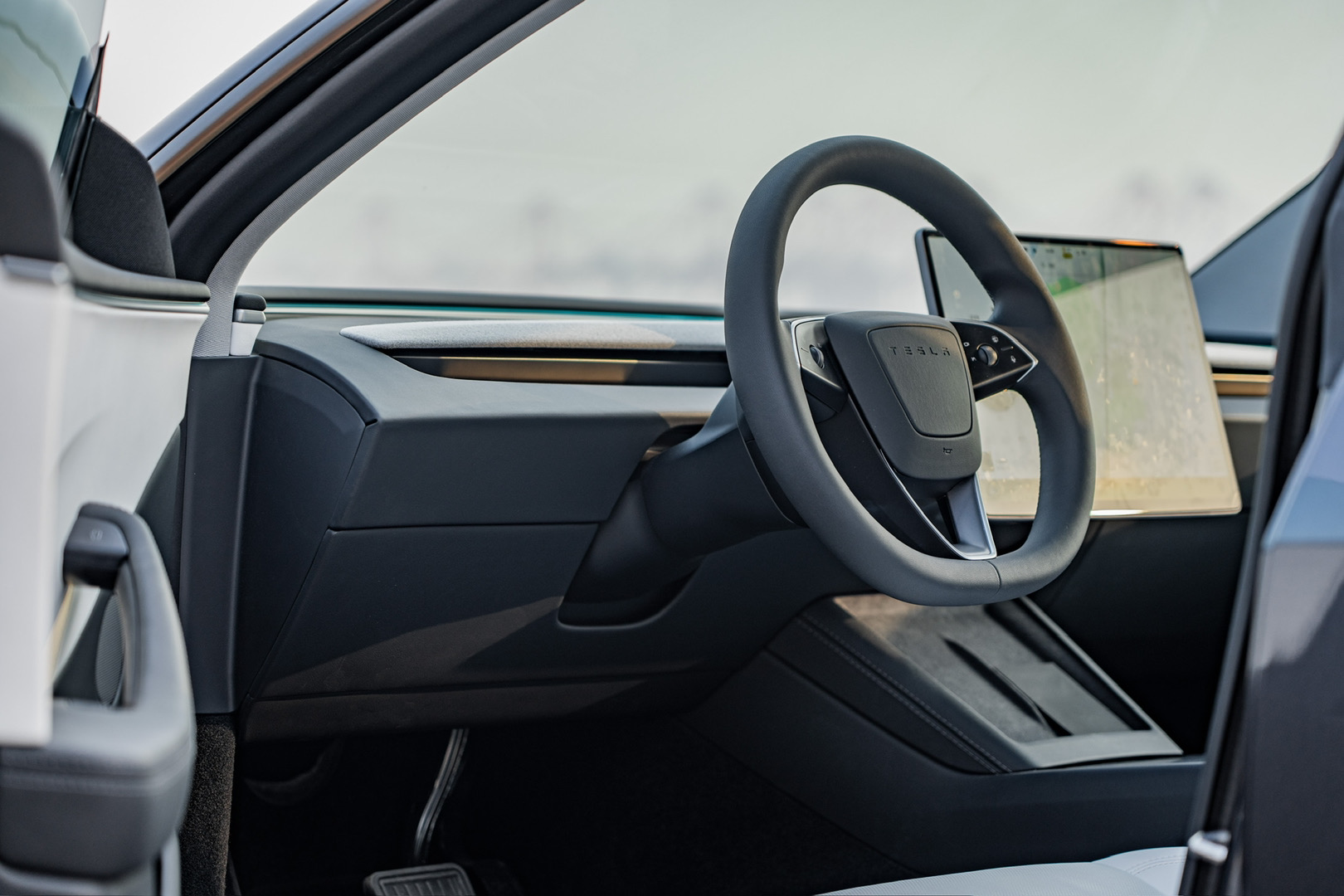
Tesla is now letting Model 3 owners in the United States bring back one part that the company decided to remove after it refreshed the all-electric sedan last year. Of course, you can do it for a price.
With the Model 3 “Highland” refresh that Tesla launched last year, one of the most monumental changes the company made was to ditch the turn signal stalk altogether. Instead, Tesla opted for turn signal buttons, which have been met with mixed reviews.
The change was widely regarded as Tesla preparing for more autonomous driving in its vehicles, especially as its interiors have gotten even more minimalistic.
The lack of a stalk in the new Model 3 was just another move the company made to adjust drivers and passengers to seeing less at the steering wheel column.
However, many drivers did not prefer the use of buttons and wanted the stalk reinstalled. Tesla allowed it in several regions, launching a retrofit kit. It has now made its way to the United States:
🚨 If you really want a stalk on your Tesla Model 3, you can pay $595 for the retrofit kit in the U.S. pic.twitter.com/dyhw4LyQX7
— TESLARATI (@Teslarati) October 8, 2025
It will cost $595 and is available on Tesla’s website. You will have to have a Model 3 on your Tesla account to purchase the stalk retrofit kit.
It is interesting to note that despite Tesla’s strategy to remove the stalk with the new Model 3, which was released in early 2024, the company did not choose to make the same move with the new Model Y.
The new Model Y launched in the United States in early 2025, and Tesla chose to install a stalk in this vehicle.
It seemed as if the turn signal buttons were too much of a polarizing feature, and although the company technically could have given orderers an option, it would not have been the most efficient thing for manufacturing.
-

 Elon Musk2 weeks ago
Elon Musk2 weeks agoSpaceX posts Starship booster feat that’s so nutty, it doesn’t even look real
-

 Elon Musk2 weeks ago
Elon Musk2 weeks agoTesla Full Self-Driving gets an offer to be insured for ‘almost free’
-
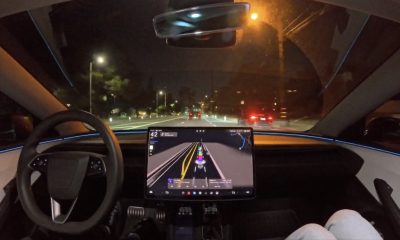
 News2 weeks ago
News2 weeks agoElon Musk confirms Tesla FSD V14.2 will see widespread rollout
-
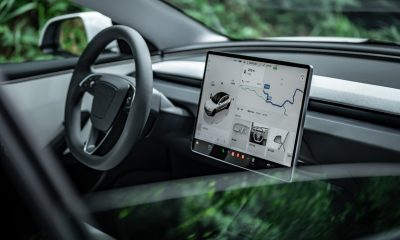
 News2 weeks ago
News2 weeks agoTesla is adding an interesting feature to its centerscreen in a coming update
-
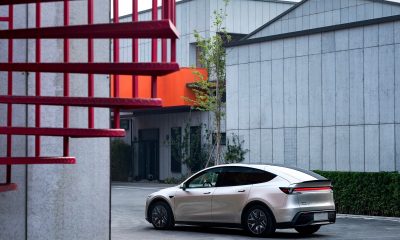
 News2 weeks ago
News2 weeks agoTesla launches new interior option for Model Y
-
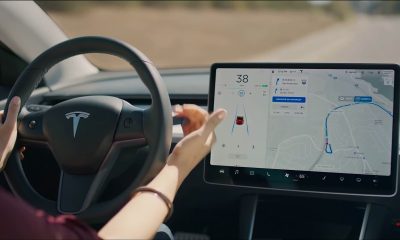
 News2 weeks ago
News2 weeks agoTesla widens rollout of new Full Self-Driving suite to more owners
-
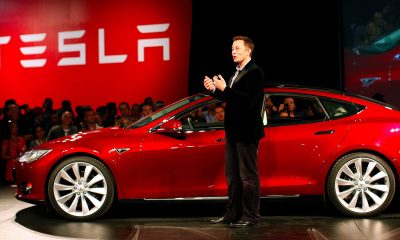
 Elon Musk2 weeks ago
Elon Musk2 weeks agoTesla CEO Elon Musk’s $1 trillion pay package hits first adversity from proxy firm
-

 News1 week ago
News1 week agoTesla might be doing away with a long-included feature with its vehicles

